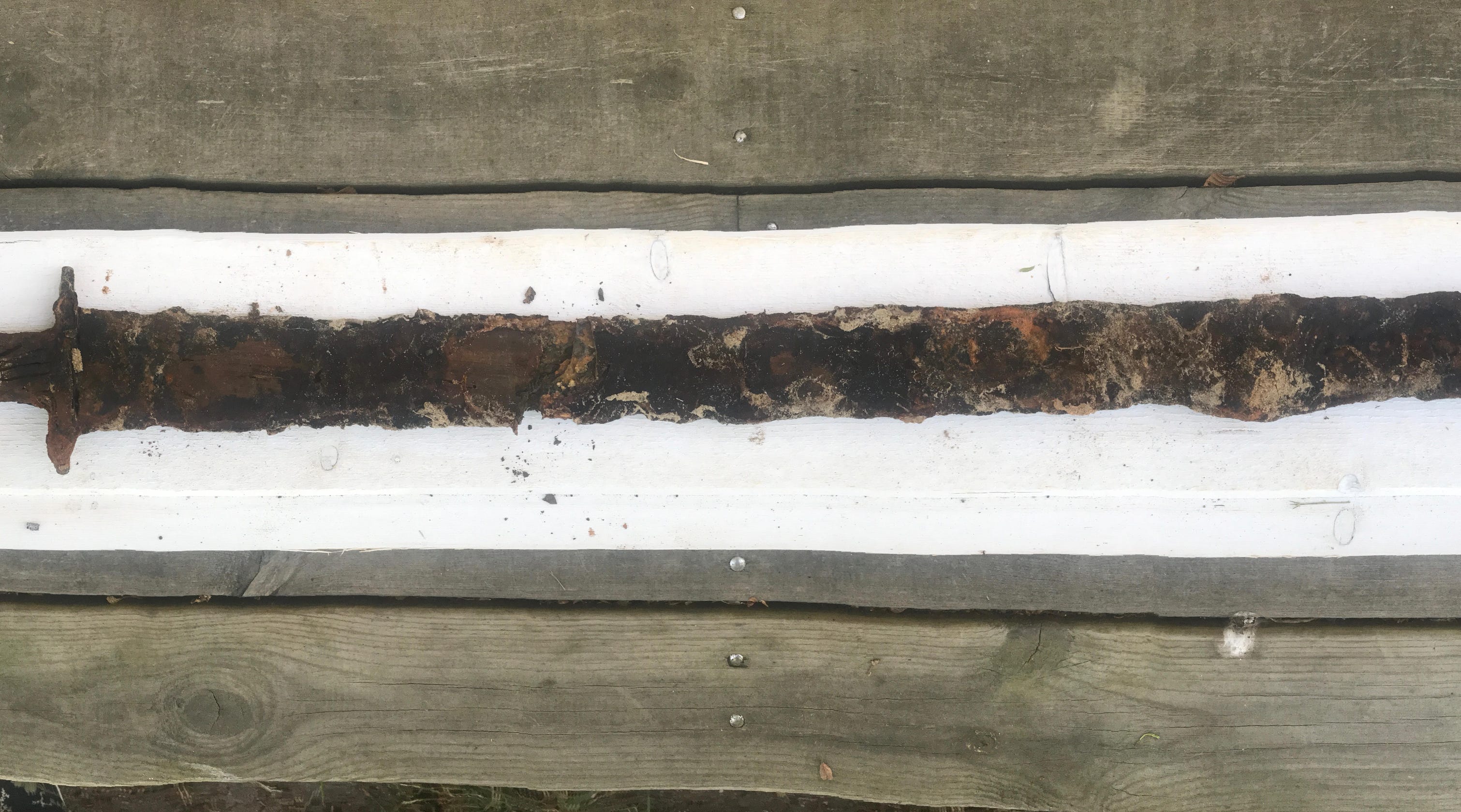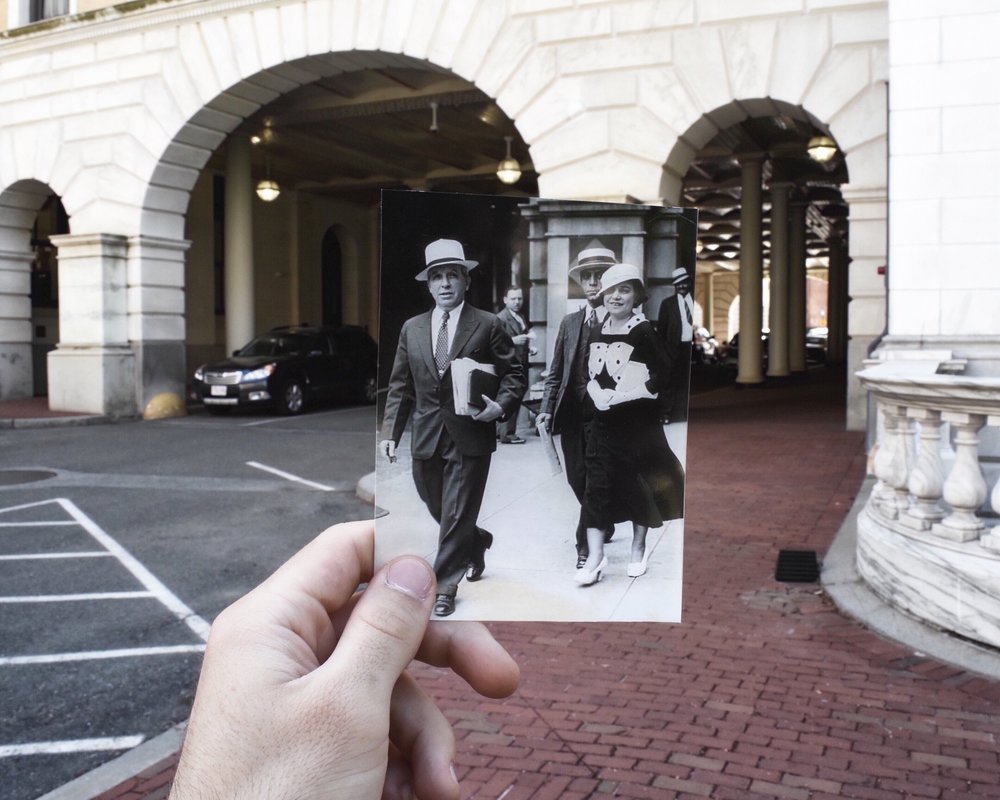
5 of The Most Fascinating Discoveries Made in 21st Century

2018 is filled with fascinating discoveries that became headliners because they shed light on some of the hidden secrets of our ancestors’ history, way before humans had the technology to document the evolutionary process. Each year, scientists, researchers, and archaeologists among many others stumble upon historical finds that truly change the way people look at our ancestors.
Every year, there are many interesting discoveries that serve as breakthroughs in the fields of science and history, and in that sense, 2018 has been nothing less than remarkable. Here is the roundup of the best historic finds this year that have left the archeologists stunned:
1,000-Year-Old Sword
Perhaps one of this year’s most notable discoveries is a sword that is at least a thousand years old, accidentally found by an eight-year-old girl. Fortunately, Saga Vanecek is safe after she stumbled upon the artifact that experts believe may have dated back to the 5th or 6th A.D.

Photo: An 8-year-old girl unintentionally came across this 1,000-year-old sword in a lake in Sweden
This happened in summer, when the girl was playing in the Vidostern Lake in Sweden, before she stumbled upon something strange. She initially decided to drop the item back in the water thinking that it was just an ordinary wooden stick, but then realized that it had a handle with a pointy tip that resembled a weapon. Albeit it was rusty, the kid definitely knew it was a sword and immediately called on her dad.
Interbreeding Between Early Humans and Neanderthals
It is already known that hominins and Neanderthals have interbred many years ago, which explains the 2-percent Neanderthal DNA in most people nowadays. However, scientists from Temple University found that breeding between the two species happened more often than experts had first thought.
Researchers claimed that more than 75,000 years ago, early humans left Africa and explored Europe and Asia, where they were believed to have mingled with Neanderthals. Those who do not have Neanderthal DNA may have had ancestors who did not leave Africa.
1,500-Year-Old Painting of Jesus
In Israel, experts from the University of Haifa discovered a 1,500-year-old painting of Jesus Christ in an ancient church in the Negev desert. Emma Maayan-Fanar accidentally saw what seemed like two eyes in the perfect angle of lighting, but the image seen was far from what’s depicted in today’s statues and figurines, which are mostly westernized portrayal of the messiah since there are no details about his appearance mentioned in the Bible.

Researchers in Israel have found an alleged ancient image of Jesus in an old church
Researchers further claimed that the image, which showed a shorter-haired Jesus, was from the 6th A.D., and was the portrait from his baptism. Interestingly, the recently found image showed Jesus with no beard, unlike what’s been known today.
Fossil as Proof for Civilization Outside Africa
Experts also made another ancient discovery in Israel in the form of the oldest human fossil from Africa, which dated back to 175,000 to 200,000 years ago, beating out the previous record-holder of about 90,000 to 120,000 years old. The jawbone, which was said to have belonged to an adult, was found in Misliya Cave on Mount Carmel by researchers from Tel Aviv University.
The jawbone had teeth that were larger than present-day humans. This discovery supports other studies that said the early humans had interbred with Neanderthals and other species outside Africa.
Last Slave Ship Survivor’s Interview
This year, Zora Neale Hurston’s book “Barracoon: The Story of the Last ‘Black Cargo’” was published, shedding light on the plight of the last African slave ship survivor who was brought to the United States. It tells the story of Cudjo Lewis, who was born in Benin, Africa, and the story of how he was boarded onto the Clotilda when he was just 19.

Zora Neale Hurston’s book about the last slave ship survivor was ready to be published in 1930 but was only released this year
The boat brought slaves to Alabama in 1860, the time when international slavery was still illegal. To circumvent the laws, the captors made the slaves hide in the swamp at night, and to cover the traces of the trade, the boat was set on fire after the transportation process was complete.
What’s more is that it gives a first-hand account of the horrendous slavery practices from those dark days when Cudjo and the rest were forcefully taken from their homes and thrown into a large ship which took them to a strange part of the word that they’d never seen before, The United States, where they were sold off to rich families. Moreover, Lewis narrated how frustrating it was not to communicate with others in the beginning or to express themselves freely since nobody spoke their language in America.
More in History Mystery
-
`
The BIGGEST Pop Culture Moments of 2008, Ranked Chronologically
With 2018 is almost over it’s hard to imagine that 2008 actually happened a decade ago. But before you ready your...
January 15, 2025 -
`
Here Are the Best One-Hit Wonders of All Time
Other than songs, artists can also be one-hit wonders as they often contribute to the all-time hit songs. Take the example...
January 15, 2025 -
`
This Photographer Has The Best Way Of Recreating Throwback Photos
We capture precious moments of our lives every day in the form of still photos and moving videos thanks to the...
January 15, 2025 -
`
Timeless Retro Games That Should Have Made It to PlayStation Classic
Sony joined the bandwagon of bringing the dead back to life after it recently announced its PlayStation Classic, a small-sized reincarnation...
January 15, 2025 -
`
TV Series That You Didn’t Know Were Based on Comics
When we hear about comic book stories, the first thing that comes to mind is the image of a largely built...
January 14, 2025 -
`
Paul McCartney Returns to Abbey Road Studio 49 Years Later to Record a New Album
The Beatles are one of the most iconic bands of the century, and even those who aren’t fans of the musical group...
January 14, 2025 -
`
The Most Mysterious and Controversial Celebrity Deaths
Being famous does have a lot of perks, celebrities earn tons of money especially if they choose to be involved in...
January 14, 2025 -
`
Top ’80s Classic Video Games You Totally Miss
One of the best ways to entertain yourself is playing video games since advanced technology took over the world. These addictive...
January 14, 2025 -
`
Greatest Retro Batman Video Games of All Times
Batman is arguably one of the most iconic characters of the DC Comics world, which may explain the significant number of...
January 14, 2025










You must be logged in to post a comment Login